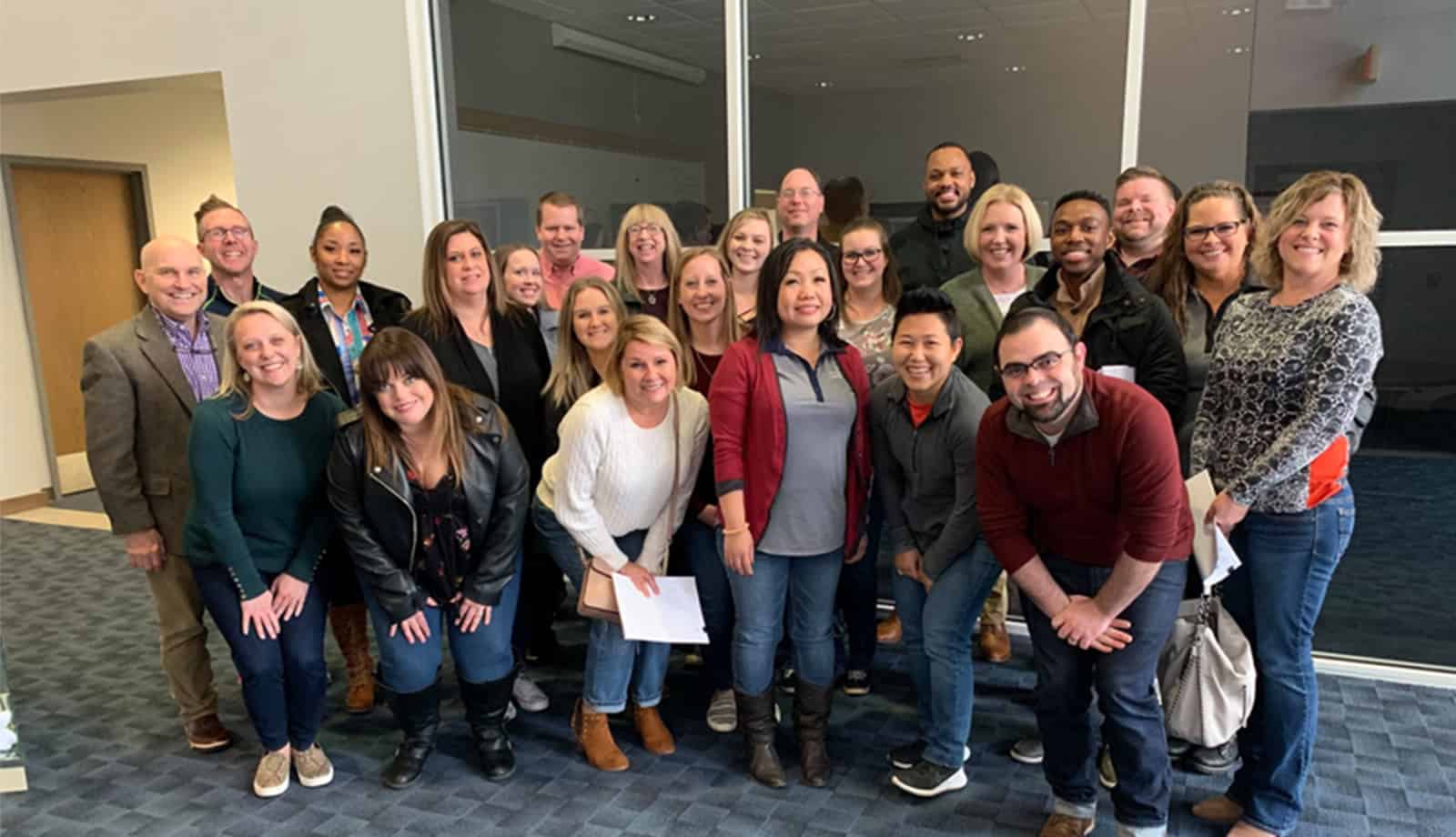Intro to experience modification rates
Workers’ compensation insurance premium amounts are not as simple as paying a flat fee every month. When it comes to calculating workers’ comp, there are a several factors that come into play. Some of these factors are outside of the businesses’ control, such as state-regulated rates and fees, and the industry in which the business falls. Every industry and job type are given a “class code,” which is based on the amount of risk that that job or industry has.
However, some factors are within the company’s control, one of which is payroll. Companies with larger payrolls will pay more in premiums, as workers’ comp insurance is typically priced at a certain rate per every $100,000 in payroll. Companies can make choices about how many total employees to have (fewer employees means lower workers’ comp costs) and/or how many high-paying employees to have (fewer high-paying jobs, such as supervisors, can reduce costs as well).
Companies can also find ways to reduce their experience modification rate, a rating given to companies designed to reflect the company’s level of overall safety.
An experience modification rate of 1.0, or a unity rating, means that the company has an average level of safety compared to similar companies in that industry. A unity rating also means that the company receives neither a discount nor a penalty against its premium. In other words, the rate remains the same as the standard rate for that industry.
An experience modification rate (or mod rate), of less than 1.0 is called a credit. This rating means that the company has an above-average level of safety, and thus has fewer workers’ comp claims over time. As a result, the company receives a discount on its premium. This can act as a powerful incentive for companies to create a safer workplace.
A mod rate of greater than 1.0 is called a debit, which means the company has a below-average level of workplace safety, as a result the company may pay extra to account for it. This debit mod effectively acts as a penalty to companies who have more workers’ comp claims than their industry average, indicating a risky workplace or one in which proper safety training is not given to employees. In either case, the debit mod is used to create a reverse incentive for companies to spend more time and resources to create a safer work environment.
About Us

Qualifying for experience modification rates
Because mod rates are based on a company’s past workers’ comp history, it takes some time for a company to build up that history with their workers’ comp insurance company. Different states have different thresholds, but typically, a company must reach a certain premium threshold before it can qualify for a mod rate. Companies that have very low premiums—possibly because they are a very small company with a low payroll—may need more time than a large company to reach the payment threshold.
There are two ways of qualifying for a workers’ compensation modification rate:
- Reach the premium threshold in the past two years. Different states have different thresholds, so every business owner should check with their state and/or their insurance carrier to see what this is. This will give business owners an idea of when their company can qualify for an experience rating. This threshold is cumulative, so premiums from every year are added up until the threshold is reached.
- Average out to the premium threshold over the entire experience period. Typically, the experience period is considered the last three years of payroll and/or claims. If the company averages the premium threshold over the course of three years, then it can qualify for an experience rating.
Time plays a role in qualifying for an experience modification rate because insurance providers want to get an accurate picture of what a company’s safety profile is like. It would be unfair to simply take the most recent years’ worth of data and assume that every year will be similar going forward.
Companies should also be aware of whether they qualify for an interstate or intrastate mod rate. If a company has offices in multiple states that participate in workers’ comp plans, then the payroll of all those locations will be taken into account. This is called an interstate mod rate. An intrastate mod rate is when a company only has exposure (or, employees working at a location) in one state that is participating in a workers’ comp plan.
Supporting employee safety
Having a safe workplace plays such a large role in receiving a low experience modification rate; it is critical that employers take workplace health and safety seriously.
There a few ways companies can help promote safer workplaces:
- Stay ahead of risks. Be proactive about safety. Things a company can do to be proactive can include providing extensive safety training, routinely servicing equipment and tools, and scheduling regular jobsite inspections.
- Respond quickly when accidents happen. Make sure to have strict protocols in place for when accidents happen. Every employee should know the protocol and be able to jump into action if needed. Supervisors should make sure to log incident reports right away, and know how to provide supporting documentation (e.g., pulling reports on timesheets, obtaining footage from security cameras, accessing company calendars).
- Make changes as needed to create a safer workplace. If an accident could have been avoided, the employer should look at the circumstances that allowed the accident to occur and revisit safety protocols. They should make changes if needed: should an old machine be replaced? Do safety guidelines need to be updated? Does a new supervisor need to be trained? Do employees need more breaks?
Employers should know that their company is only as good as its people. Employees are a company’s most valuable asset.
Why CompSource Mutual
With more than 85 years of experience serving Oklahomans, CompSource Mutual provides the best customer care and safety expertise in the industry. We understand the importance of having local experts available to assist you. CompSource Mutual also has a variety of risk control resources for our policyholders, including safety videos and on-site inspections from our dedicated safety team. We want to help you prioritize safety – just like we do.

Meet the Safety Team
What is considered a “good” experience modification rate?
In general, the lower the mod rate, the lower the workers’ compensation insurance premiums will be. A mod rate of 1.0 is considered the industry average. This means a “good” experience modification rate will be anything below a 1.0 rating. However, the average can change depending on the industry the business is in. Some riskier businesses might average out above a 1.0 rating.
Who qualifies for a workers' compensation modification rate?
It takes time before a company can receive a mod rate for workers’ comp. In most cases, a company must either meet a certain premium threshold within a two- or three-year period, or the company averages whatever the threshold is within over the entire experience period. Approximately 90 percent of workers’ compensation premium dollars come from experience-rated policies.
What does “mod” in “mod rate” stand for?
The word “mod” in “mod rate” stands for “modification.” Mod rate, is short for “experience modification rate.” This rate, or factor (also simply called “the mod”) is a factor by which a standard workers compensation premium is multiplied to reflect an insured’s actual loss experience. It is called a “mod” because it modifies the premium amount for the policyholder.
What does a mod rate mean in terms of safety?
An experience modification rate of 1.0 means a company has an average safety record, while an experience mod lower than this—say, 0.80—means a company has a good safety record that merits a potential 20 percent discount. An experience mod of 1.20 means the firm’s accident rate is above the industry norm and could raise a company’s costs by 20 percent.
Why might a company's modification rate increase from one year to the next?
Payroll and actual losses could stay the exact same from one year to the next, but if the average expected loss rate decreases, that means expected losses also decrease, causing the mod to increase.
“
Lorem ipsum dolor sit amet, consectetur adipiscing elit, sed do eiusmod tempor incididunt ut labore et dolore magna aliqua.
PAT SMITH
OKLAHOMA CITY, OK
”
Request a Quote
Protect your business with first-rate coverage. Enter your zip code below to get your customized quote.
